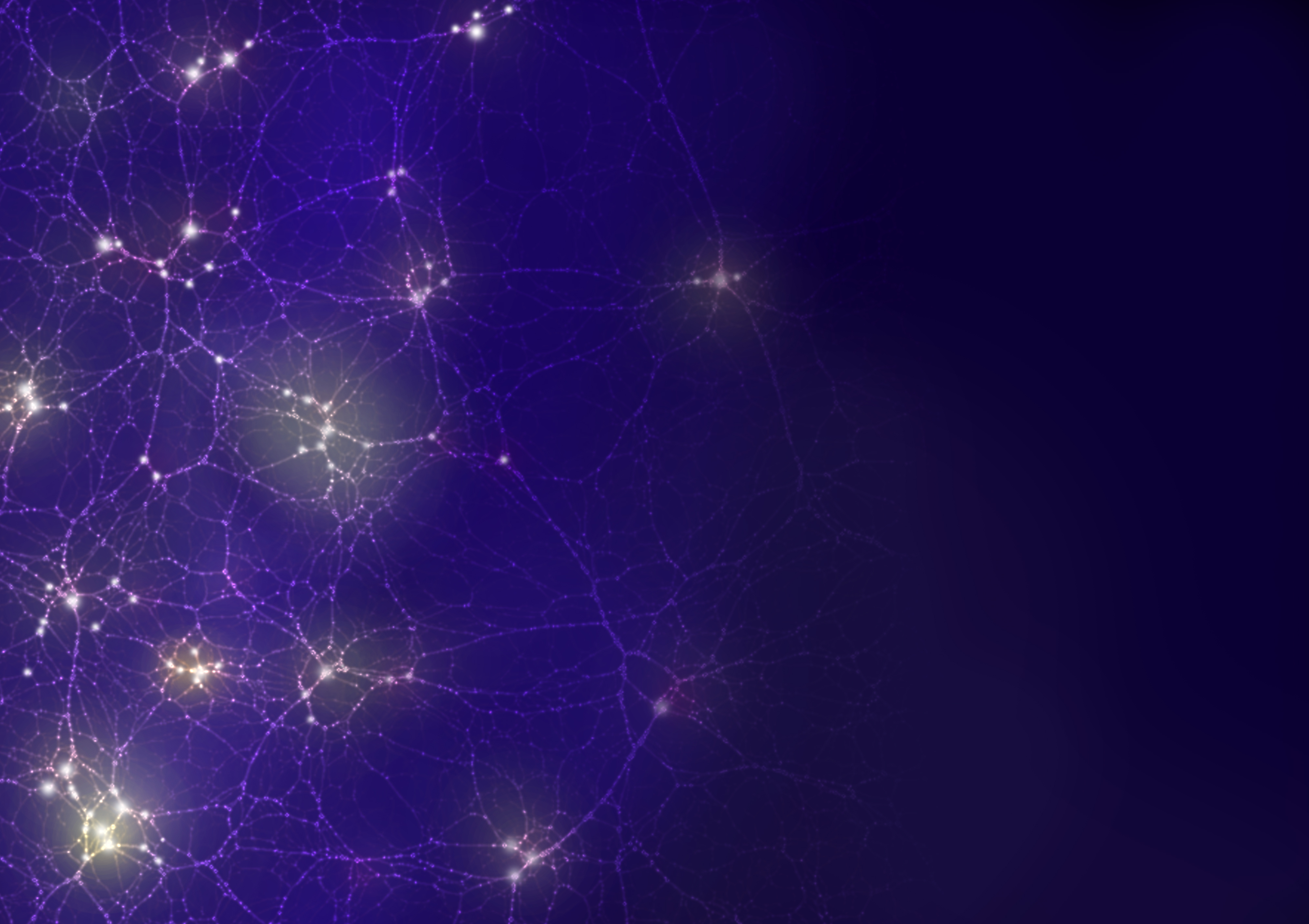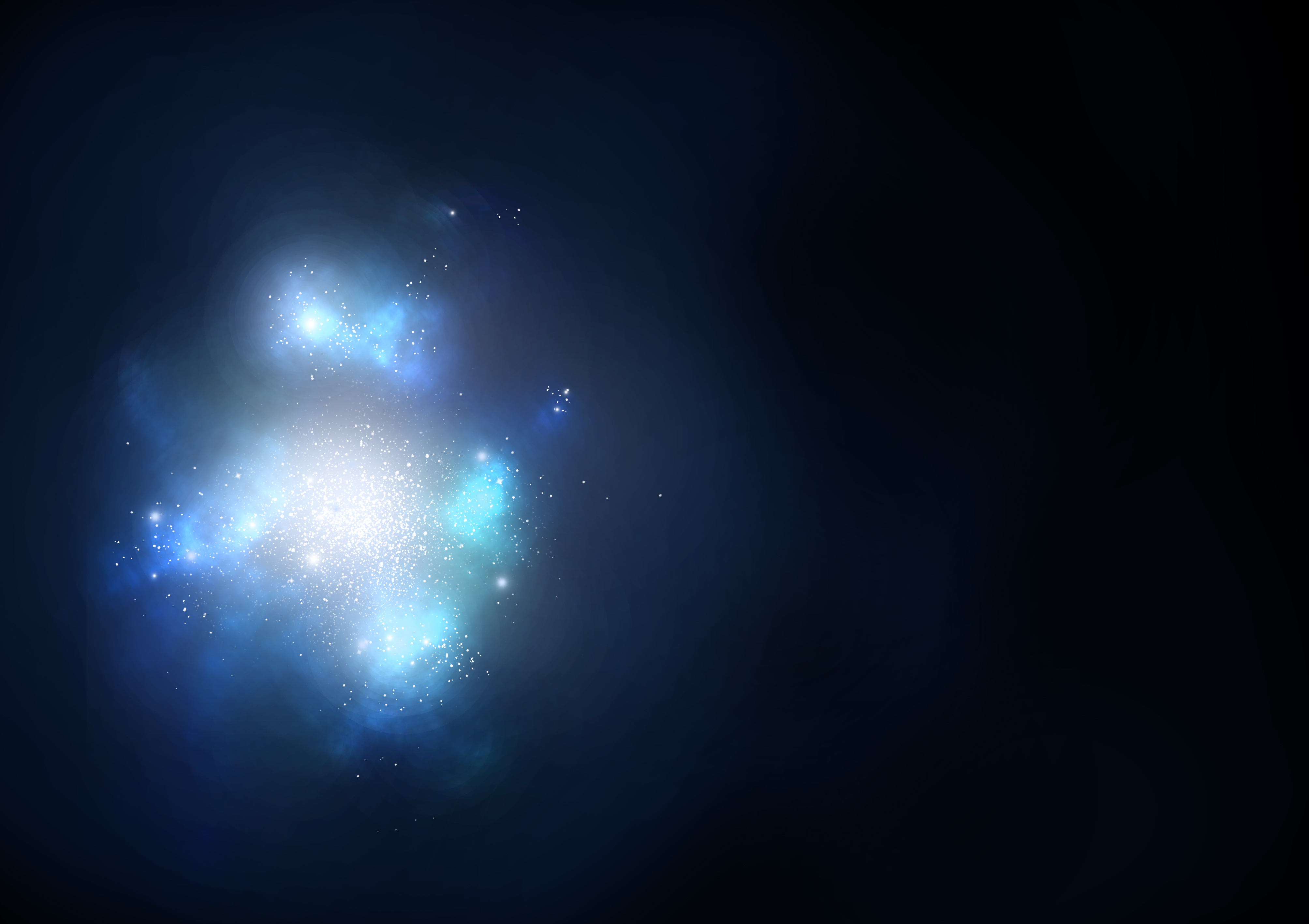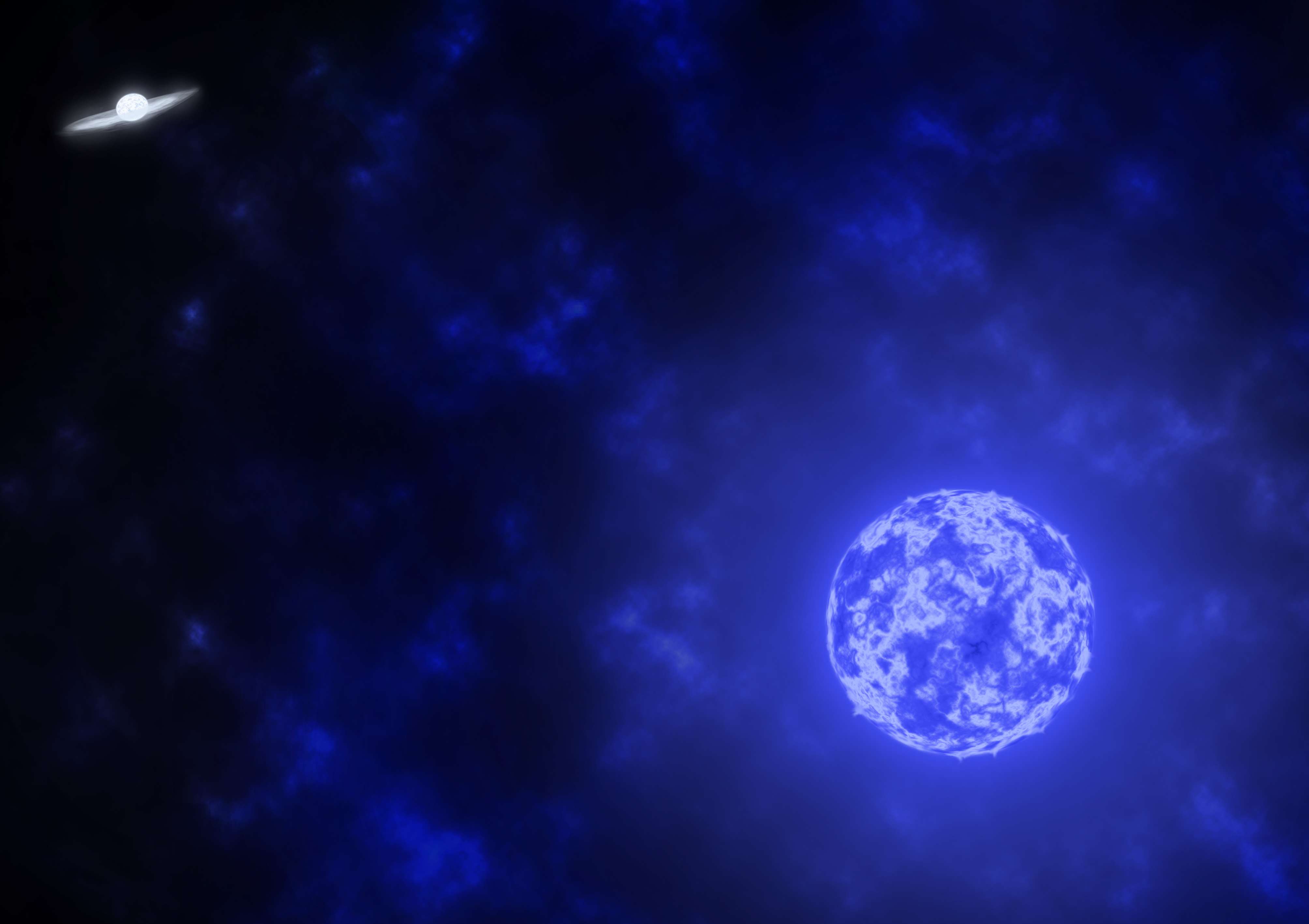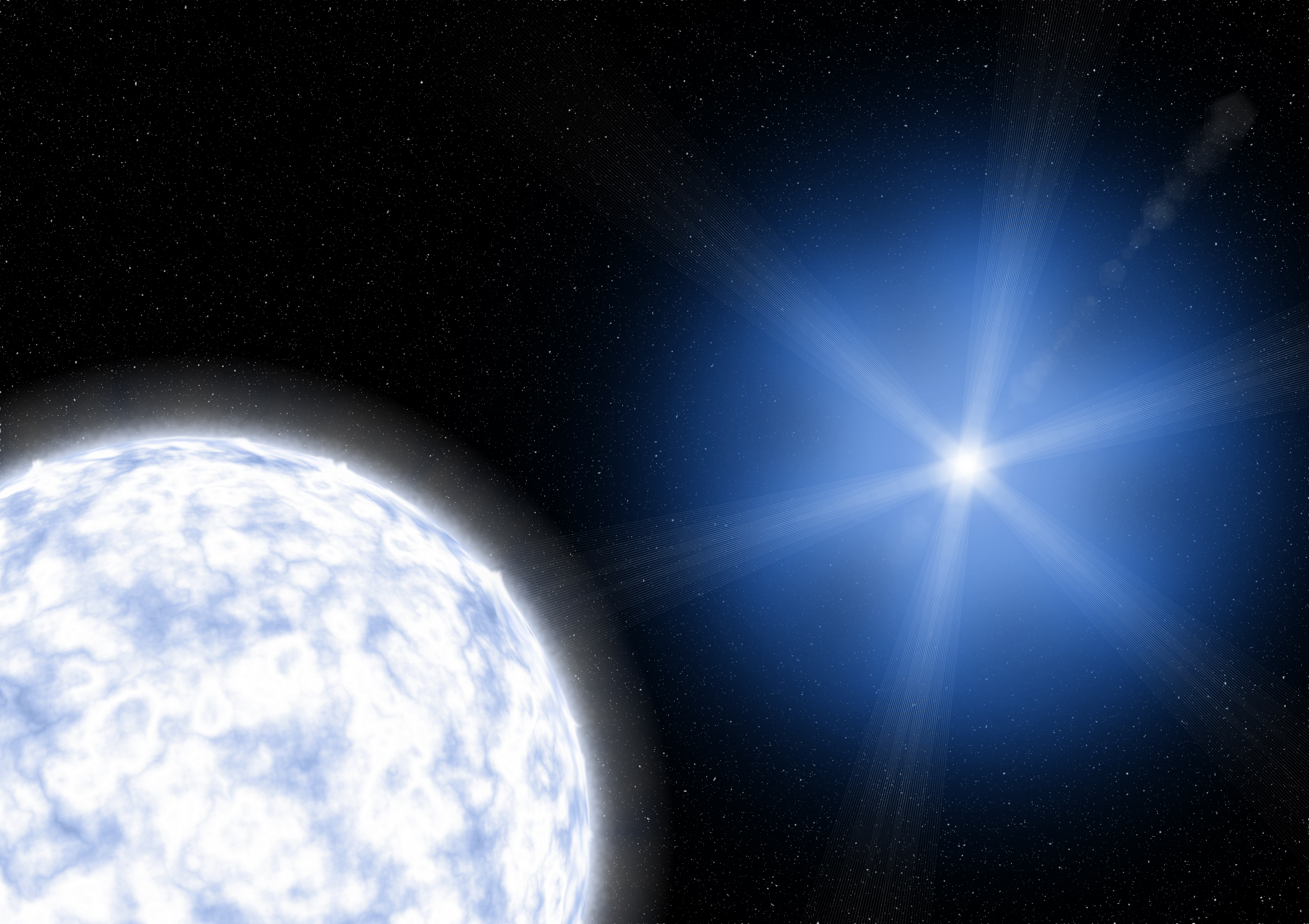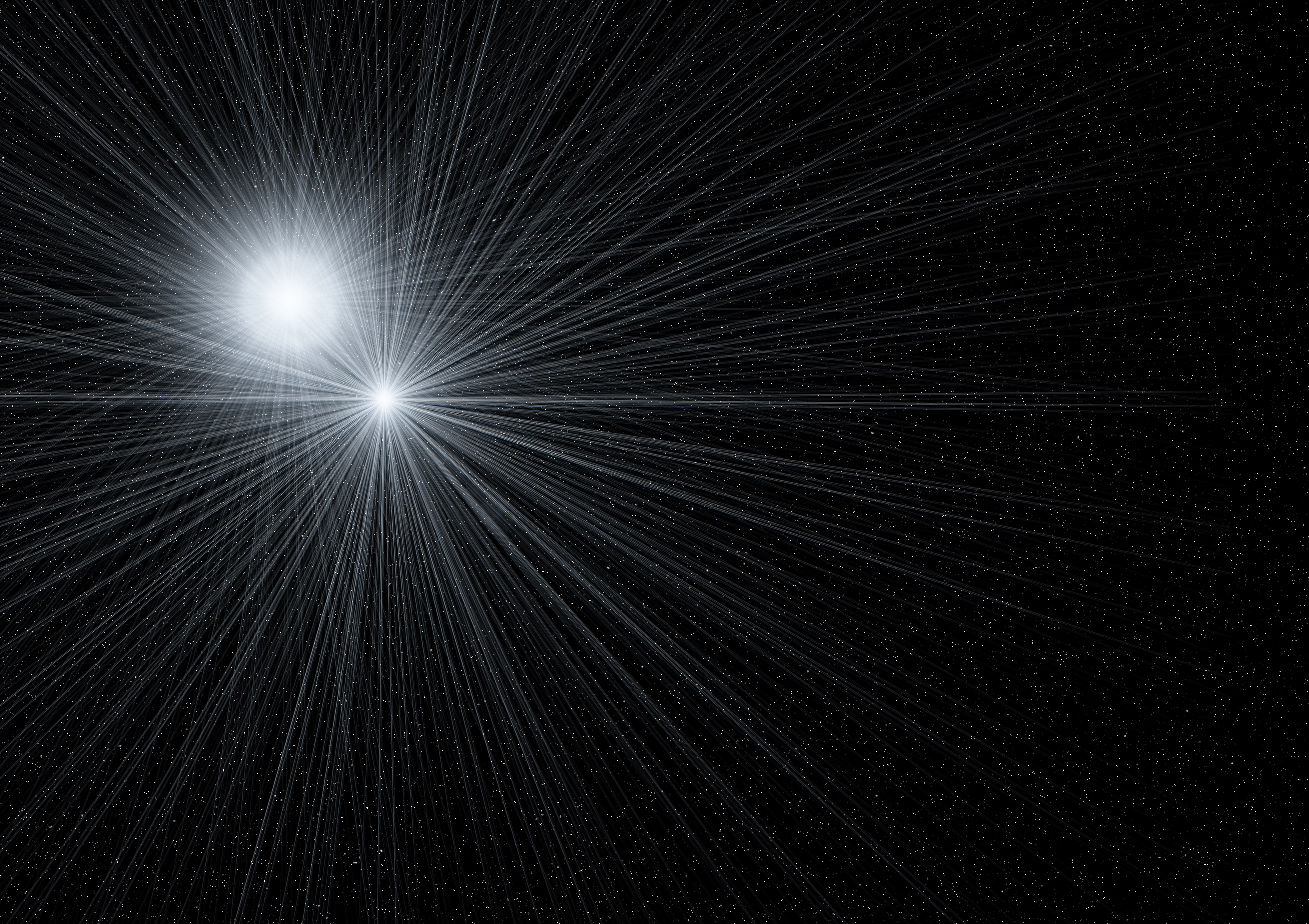Ylva Götberg
Astronomer

Carnegie Observatories
813 Santa Barbara Street
Pasadena, CA-91101, USA
About me
My name is Ylva Götberg and I am a NASA Hubble postdoctoral fellow at the Carnegie Observatories located in Pasadena, California.
I am interested in binary stellar evolution and the effect of binary interactions on surrounding environments, both nearby and at high redshift. My main expertise is in stars stripped of their hydrogen-rich envelopes via interaction with a binary companion.
My background is in theoretical and computational astrophysics. Mainly, I use the binary stellar evolution code MESA and the radiative transfer code CMFGEN to model the evolution and spectra of binary stars.
Currently, I am pursuing two observational surveys. The Magellan 6.5m telescopes in Chile is the foundation for these surveys, but observations from the Anglo-Australian Telescope (AAT), the Hubble Space Telescope (HST), and the Chandra X-ray Observatory also provide important contributions.
Research projects
Highlights of my recent and ongoing research
Stripped stars during the reionization
(Götberg, de Mink, McQuinn, Zapartas, Groh, & Norman, 2019, A&A)
Stars stripped in binaries could have provided a significant fraction of the photons that reionized the Univserse. We estimated their contribution and possible observable traces that their hard, ionizing emission left behind.
Ionizing stripped stars in stellar populations
(Götberg, de Mink, Groh, Leitherer & Norman, 2019, A&A)
Stars stripped in binaries are responsible for late ionizing emission in stellar populations. Their radiation is hard and possibly affects the nebular spectrum.
Stripped stars: subdwarfs to WR stars
(Götberg, de Mink, Groh, Kupfer, Crowther, Zapartas & Renzo, 2018, A&A, 615, A78)
We create the first grids of spectral models for stripped stars over a large range of mass. These show a smooth sequence bridging subdwarfs with Wolf-Rayet stars.
Candidate stripped stars in the LMC?
(Smith, Götberg & de Mink, 2018, MNRAS, 475, 772)
The WN3/O3 stars in the LMC show indications of being stars stripped in binaries.
Stripped stars with different metallicities
(Götberg, de Mink, & Groh, 2017, A&A, 608, A11)
We present the first spectral models made particularly for intermediate mass stars that are stripped in binaries, covering a range of metallicities.
Additional projects:
Models
Models in Götberg et al. 2019:
These models are for the ionizing contribution from stars stripped in binaries to a stellar population. We provide models for four metallicities (Z = 0.014, 0.006, 0.002, 0.0002).
All models
Models in Götberg et al. 2018:
These models are for a range of mass of stars stripped in binaries. We provide models for four metallicities (Z = 0.014, 0.006, 0.002, 0.0002).
- Evolutionary models (MESA inlists, history files in folder below)
- Spectral models (spectral energy distributions, normalized spectra, magnitudes)
Models in Smith et al. 2018:
These models are for stars stripped in binaries with the metallicity Z = 0.004 and that are expected to show both absorption and emission features.
- Evolutionary models (MESA inlists, history files in folder below)
- Spectral models (see folder below)
Models in Götberg et al. 2017:
These models are for stars stripped in binaries for a range of metallicities (Z = 0.0001-0.05). The systems are initially composed of a 12 M☉ and a 5 M☉ star on a 20 day orbit around each other.
- Evolutionary models (MESA inlists, history files in folder below)
- Spectral models (see folder below)
Outreach
Recorded outreach presentations:
Astronomy on Tap, Santa Barbara, 2017
Astronomy on Tap, Leiden, 2017
My amateur artist's impressions:
Cartoon visualizing stable mass transfer in a binary system. Download here.
The most massive star in the system evolves faster and starts to swell up when hydrogen is depleted in the center and ignited in a shell around the core (the star enters the Hertzsprung gap phase). At some point during this phase, the star is large enough for the outer layers of the star to feel a stronger gravitational force towards the companion star than to itself. This is when mass transfer starts and gaseous material starts flowing to the companion star. The companion starts accreting the transferred material, but is also spun up by the process. When most of the envelope of the donor star is lost, the hot and compact helium-rich core of the star is visible. This stripped star is blue and happy in the video.
(This video was created by Ylva Götberg for the program "BinCosmos", PI: de Mink.)
Homemade, not fully realistic artist's impressions of binary stars. (Created by Ylva Götberg)
Ylva Götberg
Email: ygoetberg@carnegiescience.edu Tel: +1 (626) 304-0236
Carnegie Observatories
813 Santa Barbara Street
91101 Pasadena, California
U.S.A.
